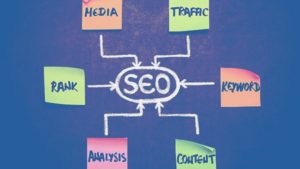Welcome to Content Marketing
Content is often times the premier reason a consumer interacts, reacts or engages with your brand - especially when that content that informs, entertains or provides solutions for their concerns. So how do you use your content the right way to capture your customer's attention and keep it long term?
In this course, learn to a build and execute a content plan that will resonate with your audience and ensure they get interested and become loyal. Whether you're a marketer, social media specialist, PR pro or simply oversee your social media content, these lessons will give you effective tactics to quickly build your content library and extract more value [read: make it work across platforms] from every piece you create. The result: an audience that continually consumes your brand's content, in whatever channel they spend the most time.
Skills You Will Learn
Identify and evaluate high-quality content from various sources in and outside of your brand
Establish your brand's content goals and the right platforms for you
Use a 7-step audit process to evaluate, qualify and quantify your brand's existing content, creative and content capabilities
Engage additional team members in your content audit and put them to work in generating new assets
Write a content brief
Utilize content creators both in and out of your organization
Hunt down resources and excavate content ideas from them
Guide your customers through the content marketing funnel - from entry points to conversions to sales
3-parts of effective content - Hook, Body and Call to Action (CTA)
Activate on-going content strategy modifications to keep generating results
Session 1
Content Marketing Strategy
- Lesson 1: What is Content Marketing and Where Does Great Content Come From?
- Lesson 2: Audit Your Current Resources and Make a Content Plan
- Lesson 3: Choose Channels that Work for Your Business Goals
Session 2
Content Marketing Execution & Measurement
- Lesson 1: Create Once, Publish Everywhere
- Lesson 2: Content Measurement and Reporting Structures
- Lesson 3: Success Measurement and Evaluation






